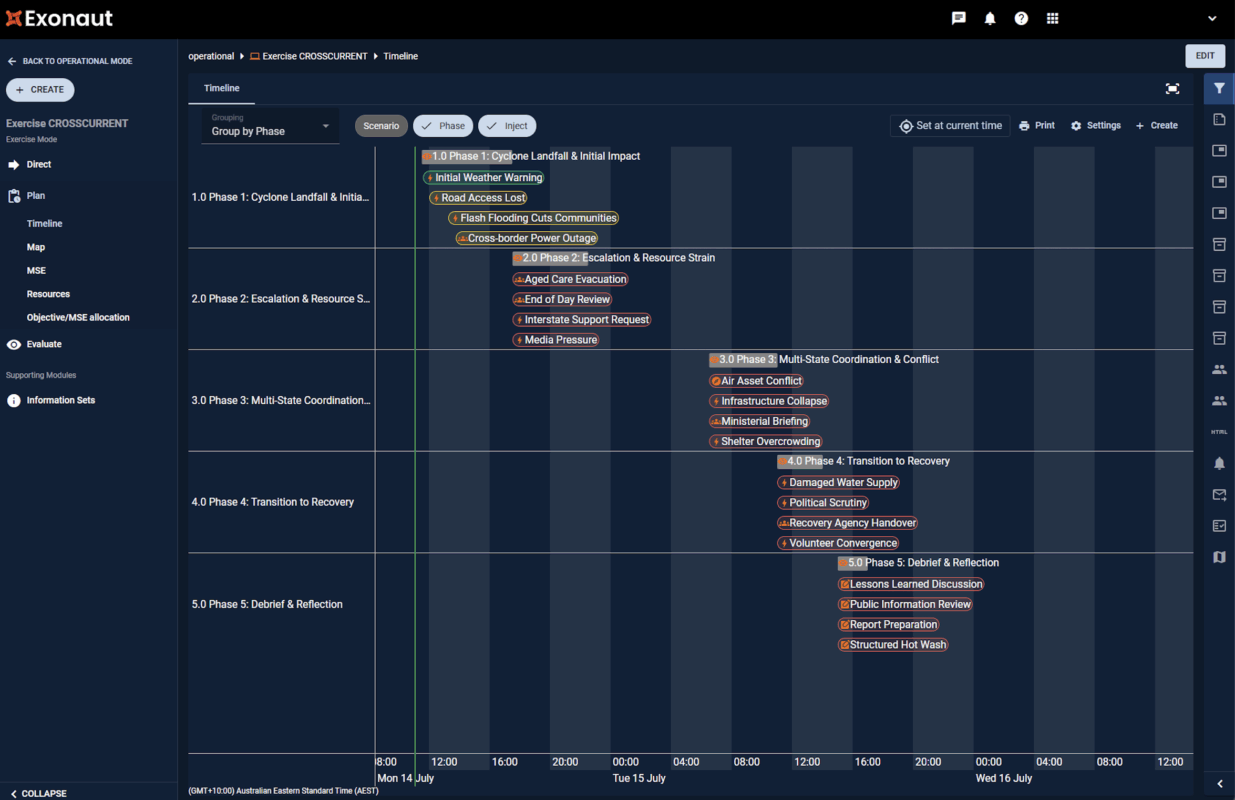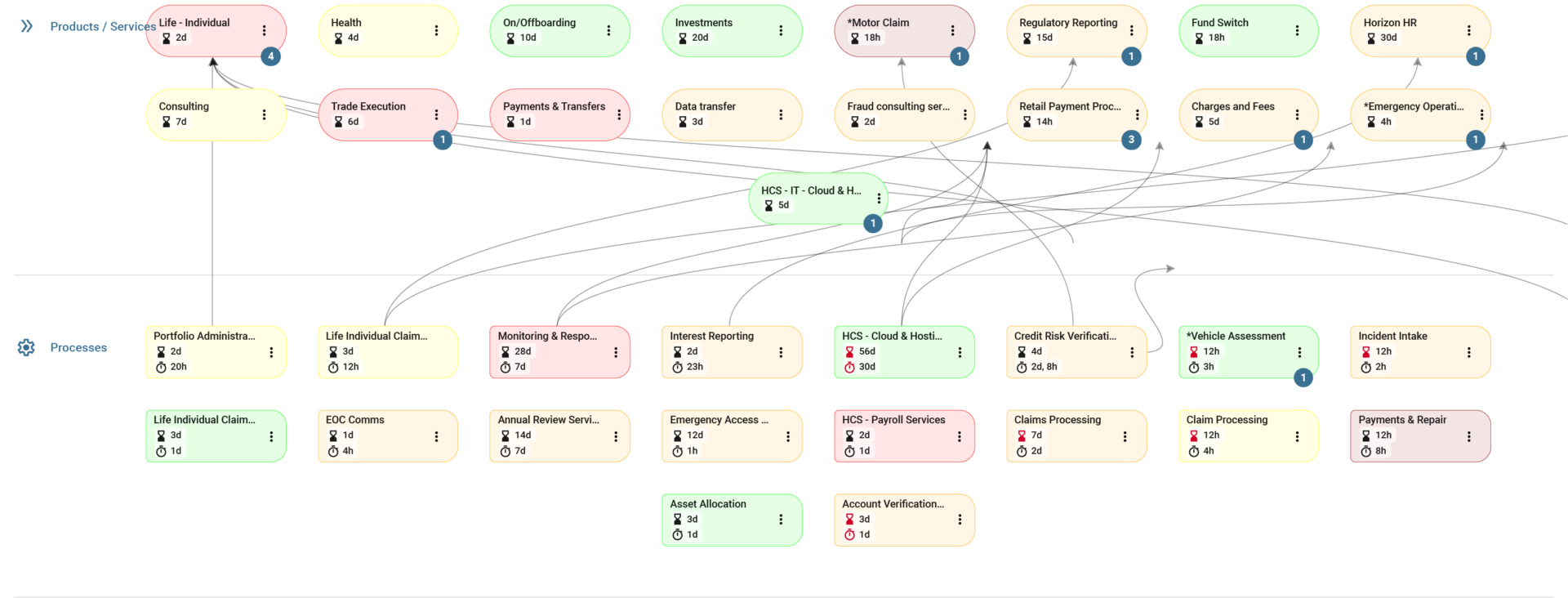Lessons in Resilience from a Tumultuous Spring Part 2
That event highlighted both the vulnerabilities of critical infrastructure and the value of rapid coordination and public support. In this second post, we shift our focus to an incident that unfolded at one of the world’s busiest transport hubs.
Terminal trouble: Heathrow’s power outage
Earlier this spring, a fire at an external substation caused a significant power outage at London Heathrow Airport, grounding flights, halting key operations, and triggering a complex, multi-day recovery effort. While power disruptions are not uncommon, the ripple effects of this event exposed broader questions about how resilience is designed, maintained, and stress-tested in complex environments within critical infrastructure.
Heathrow plays a vital national and international role, not just as an airport, but as a strategic center for trade, tourism, and business. Such a critical site obviously has robust failover and continuity systems, but even the best can fail. This incident served as a reminder that critical infrastructure is far from immune to disruption even at robust and resilient organizations such as Heathrow.
The outage resulted in flight cancellations, significant delays, and the partial closure of terminals. In the initial hours, communication with passengers and coordination across airport teams was patchy, adding to the disruption. The impacts of this include:
- Operational strain on staff, with frontline teams facing high-pressure decisions and limited access to updated information.
- Gaps in passenger communication, leading to confusion and frustration across terminals.
- Knock-on effects across logistics and security, adding layers of complexity to recovery.
Regulation and responsibility
The Civil Aviation Authority (CAA) regulates airport operations across the UK, with resilience embedded within operating conditions. Airports such as Heathrow and Gatwick `have an overarching obligation to secure the availability and continuity of airport operation services, particularly in times of disruption’.
The case for stress testing
One of the clearest lessons from the Heathrow incident is the need for more robust and regular stress testing of continuity plans, under real-world conditions. It’s not enough to have resilience written into policies or mandated by regulators. Plans must be exercised, technology must be verified, and people must be confident in their roles when the unexpected happens. In this instance, adequate stress testing would surely have revealed the vulnerability of having only one source of power feeding critical operations before the events of early spring.
Given the importance of international airports to governments, businesses, and societies, there are lessons to be learned across the industry. This is an opportunity to enhance preparedness, invest in scenario planning, and turn assumptions into tested capabilities.

What happened when a major fire broke out at another international airport?
When a blaze destroyed a multistorey car park at Luton Airport, grounding flights and damaging hundreds of vehicles, the Crisis Communications Team rose to the challenge. Drawing on prior scenario-based training, they led with clear and concise communication, supported situational awareness across teams, and became a trusted voice during prolonged public and media scrutiny.






